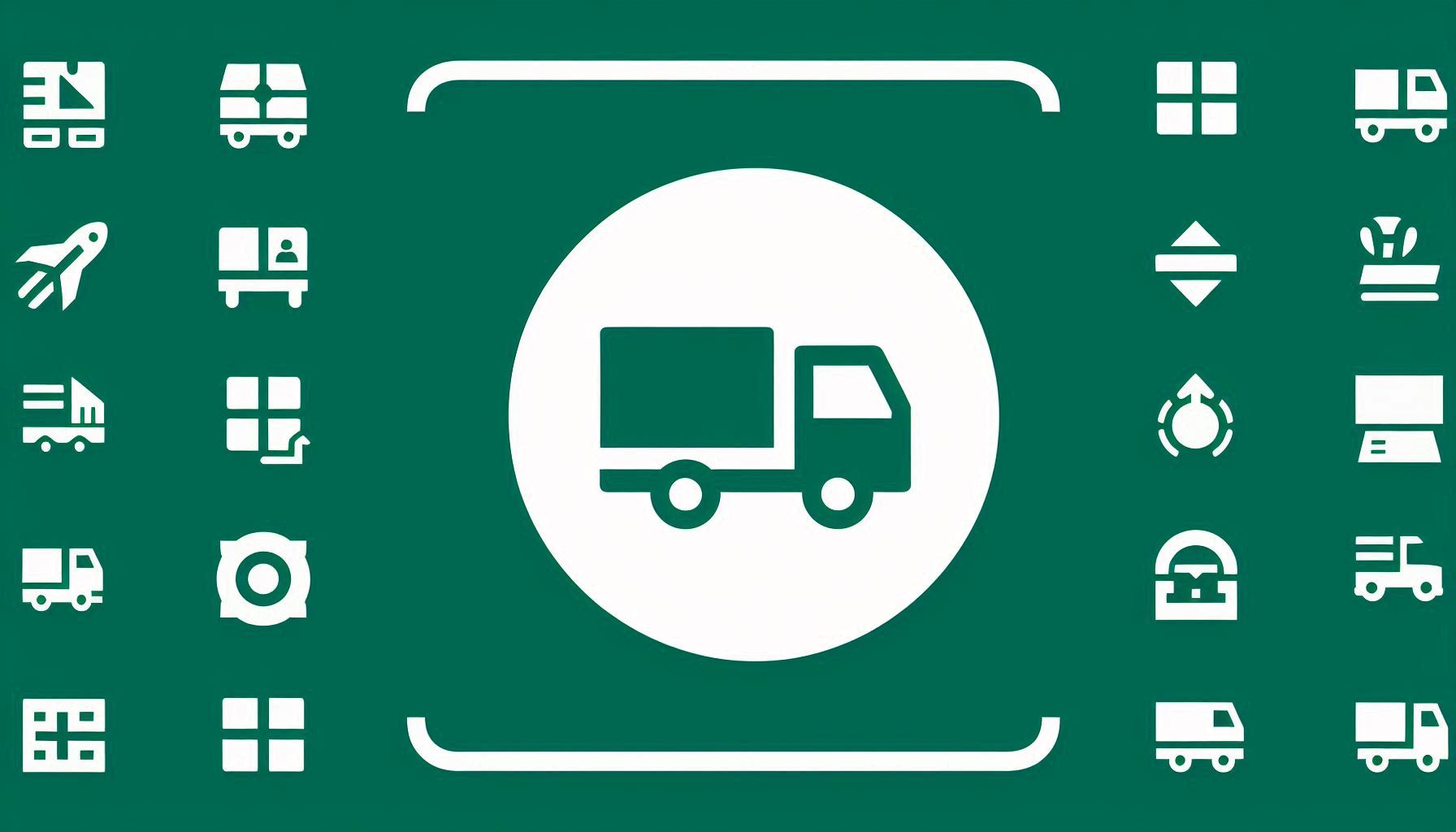Evaluation of Stated Preference Surveys with Statistical Methods

Downloads
In this paper, the author investigated the stated preference survey in transport modelling. The research was conducted to ensure that the best fractional orthogonal design of stated preference paired comparison survey would not increase the error or uncertainty in transport-related decision modelling. The research was conducted based on artificial Monte Carlo simulated respondents, and the results were assessed with standard mathematical-statistical tools. Although the assessment should have resulted in 0% errors, according to our 2,000 sample, a minor 5% of errors occurred. The problem to be investigated in this paper is that the best-designed survey could have some errors.
Downloads
Babic D, et al. Choice factors of distribution channels. J. Transp. Logist. 2010;1:5-13. https://journals.vstecb.cz/wp-content/uploads/fullissue/35.pdf [Accessed 20th Jan. 2018].
Babojelić K, Novacko L. Modelling of driver and pedestrian behaviour–a historical review. Promet – Traffic&Transportation. 2020;32(5):727-745. DOI: https://doi.org/gp7q6h.
Vij A, Krueger R. Random taste heterogeneity in discrete choice models: Flexible nonparametric finite mixture distributions. Transportation Research Part B: Methodological. 2017;(106):76-101. DOI: https://doi.org/gcqbd3.
Thurstone LL. A law of comparative judgement. Psychological Review. 1927;(34):278-286. DOI: https://doi.org/b9pn6t.
Zermelo E. The calculation of tournament results as a maximum problem of probability theory [Die Berechnung der Turnier-Ergebnisse als ein Maximumproblem der Wahrscheinlichkeitsrechnung]. Mathematical Journal [Mathematische Zeitschrift]. 1928;(29):436-460 DOI: https://doi.org/bvrnmg.
Bradley RA, Terry ME. Rank analysis of incomplete block designs, I. The method of paired comparisons. Biometrika. 1952;(39):324-345. DOI: https://doi.org/c5bcq8.
Train K. Mixed logit with a flexible mixing distribution. J. Choice Model. 2016;(19):40-53. DOI: https://doi.org/grgzg6.
Novačko L, et al. Selection of LRT system track gauge using multi-criteria decision-making (City of Zagreb). WIT Transactions on the Built Environment. 2008;101(7):167-173. DOI: https://doi.org/dhbgs8.
Novačko L, et al. Simulation-based public transport priority tailored to passenger conflict flows: A case study of the city of Zagreb. Applied Sciences. 2021;11(11):4820. DOI: https://doi.org/gp5j7b.
Keane M, Wasi N. Comparing alternative models of heterogeneity in consumer choice behavior. Journal of Applied Econometrics. 2013;28(6):1018-1045. DOI: https://doi.org/ghnztj.
Zhang Q, et al. Time differential pricing model of urban rail transit considering passenger exchange coefficient. Promet – Traffic&Transportation. 2022;34(4):609-618. DOI: https://doi.org/ksb9.
Vasudevan N, et al. Determining mode shift elasticity based on household income and travel cost. Research in Transportation Economics. 2021;(85):100771. DOI: https://doi.org/gmt56k.
Hensher DA. The sensitivity of the valuation of travel time savings to the specification of unobserved effects. Transportation Research Part E: Logistics and Transportation Review. 2001;37(2-3):129-142. DOI: https://doi.org/cw38hj.
Jiang R, et al. Predicting bus travel time with hybrid incomplete data – A deep learning approach. Promet – Traffic&Transportation. 2022;34(5):673-685. DOI: https://doi.org/kscb.
Sadrani M, et al. Optimisation of service frequency and vehicle size for automated bus systems with crowding externalities and travel time stochasticity. Transportation Research Part C: Emerging Technologies. 2022;143:103793. DOI: https://doi.org/jnm3.
Bansal P, et al. A dynamic choice model with heterogeneous decision rules: Application in estimating the user cost of rail crowding. arXiv preprint arXiv. 2020. DOI: https://doi.org/kscc.
Massobrio R, et al. Learning to optimise timetables for efficient transfers in public transportation systems. Applied Soft Computing. 2022;119:108616. DOI: https://doi.org/kscd.
Manasra H, Toledo T. Optimisation-based operations control for public transportation service with transfers. Transportation Research Part C: Emerging Technologies. 2019;105:456-467. DOI: https://doi.org/kscf.
Aboutaleb Y, et al. Discrete choice analysis with machine learning capabilities. arXiv preprint arXiv. 2021. DOI: https://doi.org/kscg.
Bansal P, et al. Flexible estimates of heterogeneity in crowding valuation in the New York City subway. Journal of choice modelling. 2019;31:124-140. DOI: https://doi.org/gh55rs.
Bansal P, et al. Comparison of parametric and semiparametric representations of unobserved preference heterogeneity in logit models. Journal of Choice Modelling. 2018;27:97-113. DOI: https://doi.org/gdmm2w.
Copyright (c) 2023 Tibor Sipos

This work is licensed under a Creative Commons Attribution-NonCommercial 4.0 International License.




















